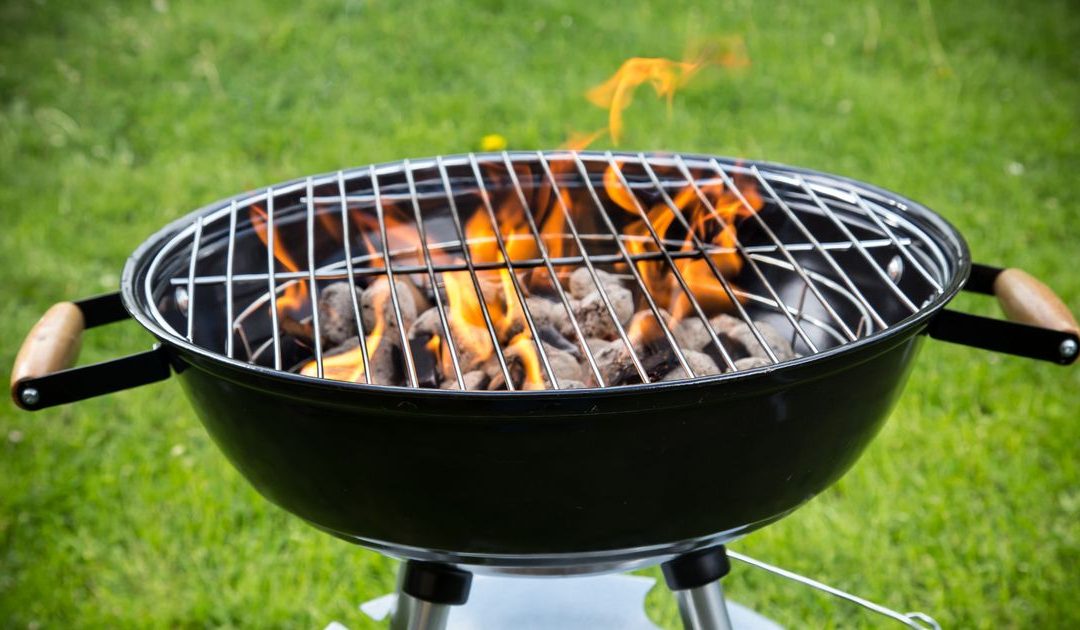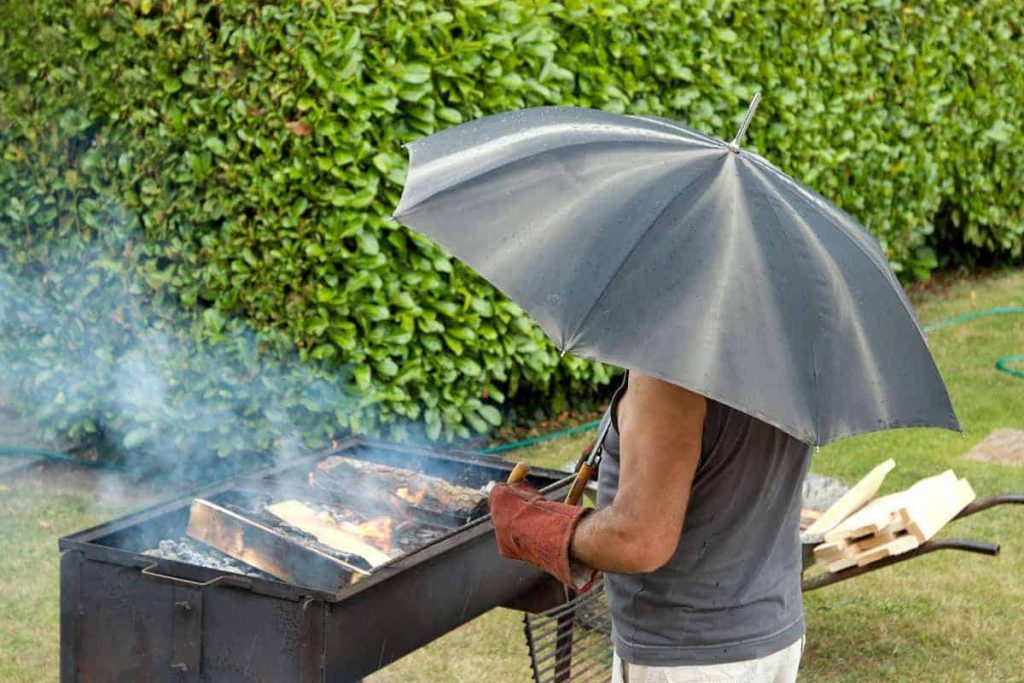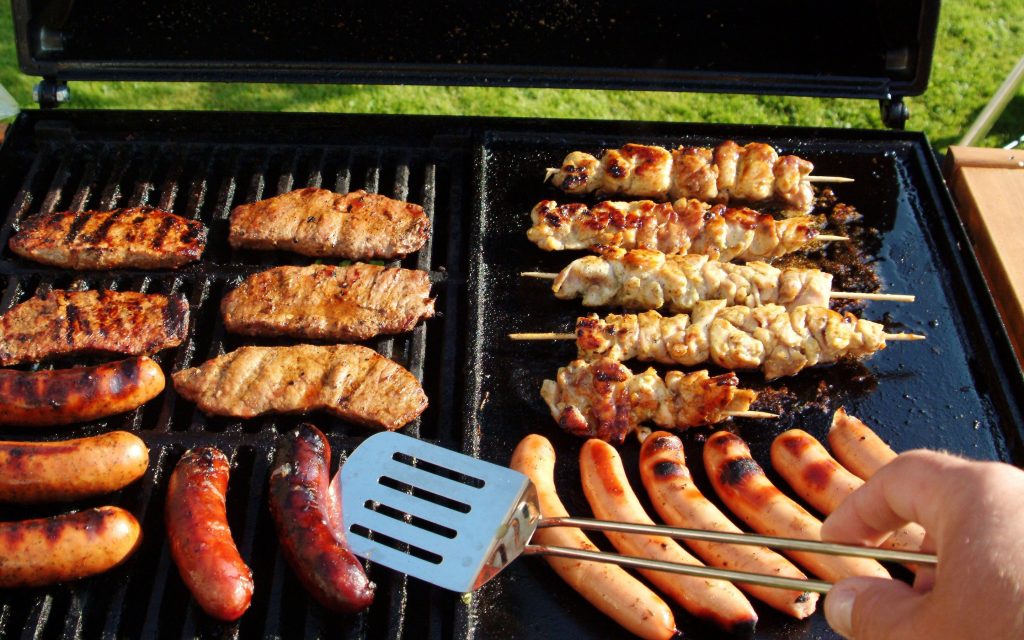There is nothing better than a tasty summer BBQ. No matter what the weather, rain or shine the BBQ is sure to be lit. The only worry is wondering is it going to rain. However, there are more concerning issues which many are not aware of, or don’t take seriously enough.
Carbon Monoxide is an extremely dangerous gas, which is why most of us will have installed a carbon monoxide detector within our homes and work. Carbon Monoxide is produced during barbeques.
If it is raining or windy you might decide to barbeque in a sheltered area such as under a garage doorway, in a tent or in a canopy. After the BBQ is put out you may even bring it inside the tent. This can potentially be fatal as the gas collects within these confined areas.
BBQs are popular during the summer months and are often a key part of social gatherings. They are great way to spend the day if they are used safely. Here are some useful facts and tips which will help you enjoy a safe and tasty summer.
Facts and tips about BBQ charcoals:
- Carbon Monoxide is a colourless and odourless gas, undetectable without a gas detector.
- Carbon Monoxide is a by-product of burning fossil fuels, including charcoal and BBQ gas.
- ALWAYS use your BBQ in an open, ventilated area as Carbon Monoxide will gather within enclosed spaces.
- Never bring charcoal into a tent, a smouldering BBQ will still omit carbon monoxide.
- Act quickly if someone experiences Carbon Monoxide poisoning as it can be potentially fatal. Symptoms include: headaches, breathlessness, confusion, dizziness, nausea, collapse an unconsciousness.
- Propane or butane gas canisters which we store in garages, sheds or even sometimes within our homes are also a potentially deadly mix of an enclosed space, gas leak and spark from an electrical device which would cause an explosion.
Facts and tips about gas cannisters:
- Gas barbeques tend to use propane, butane, or LPG (a combination of both)
- The holes at the bottom of a gas BBQ are to prevent the build-up of gas. Gas is heavier than air causing it to gather in low areas or fill a space from the bottom up.
- Cannisters should be stored outside, upright, in a well-ventilated area, away from heat sources and enclosed spaces to avoid the gathering of gas.
- If your barbeque stays in your garage, ensure you disconnect the gas cannister and keep it separate outside.
- When using the BBQ, keep the canister to one side so it is not underneath or close to the heat source. Always keep the cannister away from the ignition sources when changing cannisters.



